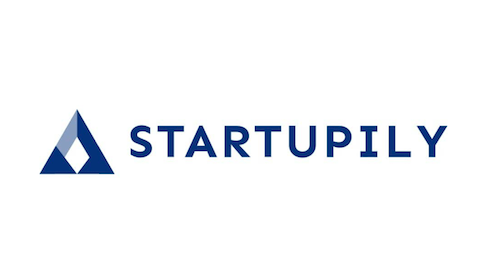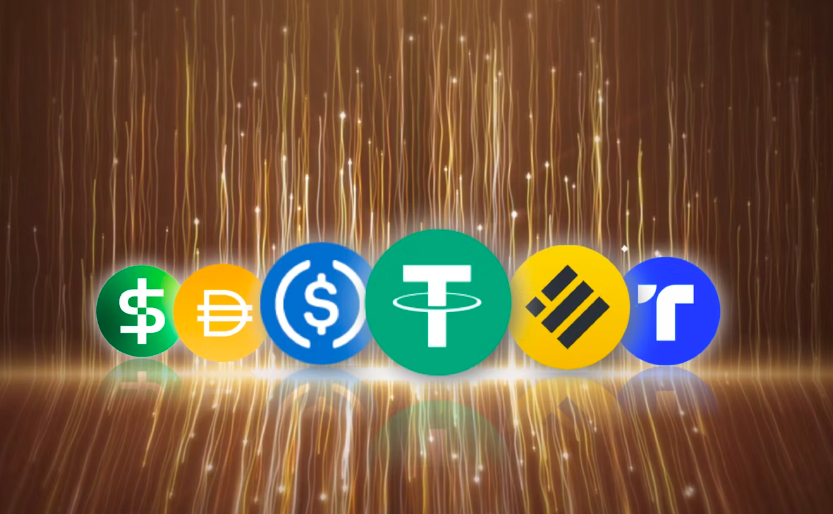Imagine paying an overseas supplier in seconds, bypassing hefty bank fees, and never worrying about wild price swings. Or picture your startup tapping into decentralized finance to fund growth without a traditional loan. This isn’t a sci-fi fantasy—it’s the reality of stablecoins for small businesses, a crypto innovation rewriting the rules of commerce. For entrepreneurs running lean operations, stablecoins offer a stable, fast, and cost-effective way to transact, invest, and grow in a digital-first world. At Startupily, we’re diving into why stablecoins are the future for small businesses, how they work, and how you can use them to give your startup a competitive edge.
What Are Stablecoins, and Why Should Small Businesses Care?
Stablecoins are cryptocurrencies pegged to stable assets like the U.S. dollar, gold, or even algorithms, designed to minimize the volatility that makes Bitcoin and Ethereum rollercoasters. Think of them as digital cash with blockchain’s superpowers: speed, transparency, and global reach. Popular stablecoins like USD Coin (USDC) and Tether (USDT) have exploded in use, with a combined market cap topping $200 billion in 2025, according to CoinMarketCap.
For small businesses, stablecoins for small businesses are a game-changer because they solve real-world pain points. They slash transaction costs, enable instant cross-border payments, and open doors to decentralized finance (DeFi) opportunities. Whether you’re a freelance designer accepting USDC from international clients or a retailer exploring tokenized assets, stablecoins let you operate like a global enterprise without the overhead.
How Stablecoins for Small Businesses Are Transforming Transactions
Lightning-Fast, Low-Cost Payments
Traditional banking is a slog—wire transfers can take days and eat up to 5% in fees. Stablecoins like USDC settle transactions in seconds with fees often under $1, even across borders. For example, a small e-commerce store can pay a supplier in Singapore using USDT via a blockchain like Solana, saving hundreds annually on fees. Posts on X show businesses like car dealerships accepting USDC, proving that stablecoins for small businesses are already mainstream.
Stability for Budgeting and Cash Flow
Unlike Bitcoin, which can swing 10% in a day, stablecoins hold steady, making them ideal for budgeting. A coffee shop accepting USDC payments knows exactly what it’s getting, no surprises. This stability is a lifeline for startups in volatile economies, where local currencies might tank overnight.
Access to DeFi and Tokenized Assets
Stablecoins are the backbone of DeFi, letting businesses lend, borrow, or earn interest without banks. Imagine your startup parking spare cash in a DeFi protocol like Aave to earn 5-10% APY, far outpacing savings accounts. Plus, stablecoins enable tokenized real-world assets (RWAs)—think digital shares of real estate or inventory—unlocking new ways to raise capital. BlackRock’s tokenized fund experiments in 2025 show this isn’t futuristic; it’s happening now.
Real-World Wins: How Startups Are Using Stablecoins
Small businesses are already reaping the rewards of stablecoins for small businesses. Here are three examples:
- Global Freelancers: A graphic designer in Argentina accepts USDC from U.S. clients via Coinbase, dodging 30% currency exchange losses and getting paid instantly.
- E-Commerce Hustlers: An Etsy seller uses USDT to pay Asian suppliers, cutting PayPal’s 4% fees and settling in minutes, not days.
- Web3 Startups: A blockchain gaming studio raises funds by issuing tokenized equity via a stablecoin-based platform, bypassing venture capital gatekeepers.
These stories, echoed in X discussions, show stablecoins aren’t just for crypto nerds—they’re practical tools for entrepreneurs.
Opportunities for Small Businesses
The stars are aligning for stablecoins for small businesses this year. Here’s why:
- Regulatory Clarity: The U.S.’s pro-crypto policies and the EU’s MiCA framework are making stablecoins safer and more trusted. Proposed U.S. stablecoin legislation could streamline compliance, boosting adoption.
- Institutional Backing: Giants like BNY Mellon and Circle (USDC’s issuer) are integrating stablecoins into payment systems, signaling mainstream acceptance.
- E-Commerce Integration: Platforms like Shopify are testing stablecoin payments, letting small retailers accept USDC as easily as credit cards.
These trends mean your startup can adopt stablecoins without being an early adopter guinea pig. The infrastructure is ready, and the market is ripe.
Challenges to Watch Out For
While stablecoins for small businesses are powerful, they’re not without hurdles:
- Regulatory Risks: MiCA’s strict rules or U.S. tax reporting requirements could complicate compliance. Stay updated via sources like CoinDesk to avoid surprises.
- Security Concerns: With 40% of crypto users wary of platform safety (per recent surveys), choosing a secure wallet or custodian like Coinbase or Fireblocks is critical.
- Trust Issues: Tether’s past transparency issues and occasional fund freezes for illicit activity (0.14% of transactions) can spook users. Stick to well-audited stablecoins like USDC for peace of mind.
The good news? These challenges are manageable with basic due diligence, like researching platforms and consulting a crypto-savvy accountant.
How to Start Using Stablecoins for Your Small Business
Ready to bring stablecoins for small businesses into your startup? Here’s a simple roadmap:
- Pick a Stablecoin: USDC is transparent and widely accepted; USDT is ubiquitous but less audited. Research both to match your needs.
- Set Up a Wallet: Use a beginner-friendly option like MetaMask or Coinbase Wallet. Store keys securely—think of it as your digital safe.
- Integrate Payments: Add a stablecoin payment option via platforms like BitPay or Coinbase Commerce. Promote it to crypto-savvy customers.
- Explore DeFi: Start small by depositing USDC in a trusted DeFi protocol like Compound to earn interest. Always research risks first.
- Educate Your Team: Train staff on stablecoin basics and benefits. Share resources like Startupily’s upcoming crypto guides (stay tuned!).
Pro tip: Test with small transactions to build confidence before going all-in.
The Future Is Stable: Why Your Startup Can’t Ignore Stablecoins
In 2025, stablecoins for small businesses are more than a trend—they’re a competitive advantage. They let you transact faster, save money, and tap into a decentralized economy that’s reshaping finance. Whether you’re paying suppliers, accepting customer payments, or exploring tokenized assets, stablecoins empower your startup to punch above its weight. The crypto world moves fast, but with stablecoins, you can move smarter.
At Startupily, we’re here to help you navigate this new frontier. Drop a comment below or hit us up on X to share how you’re using stablecoins for small businesses—or what’s holding you back.
- Driving Sustainability Forward: How ESG Reporting Technology Helps Companies Lead With Purpose
- Creating A Hygienic Environment: Three Of The Most Important Aspects Explored
- How to Grow Your Career Through the Many Stages of Self-Employment
- How To Give Your Marketing Campaign More Impact
- 3 Operational Tips For The Closure Of An Unsuccessful Business

